Introduction:
It is my goal to identify a series of amazing places for tea lovers to visit. Many wine lovers travel to the great wine growing areas of the world, and I think tea offers the same amazing experiences of ancient crafts in beautiful locations, and wonderful people. Kyoto is a particularly important tea region based on history, the natural beauty of the history, and a very favored collection of growing conditions.
Kyoto, Japan, is a city steeped in history, culture, and most notably, tea. For centuries, this ancient capital has been a hub for tea culture, from the revered tea ceremonies to lush tea plantations. If you’re a tea lover, Kyoto offers an unforgettable experience, where you can dive deep into the art of tea while soaking in the breathtaking landscapes. Whether you’re savoring a traditional matcha tea in a serene tea house or visiting a farm where tea leaves are grown with meticulous care, Kyoto is the perfect destination to explore everything tea-related. Ready to brew some unforgettable memories? Let’s dive into the must-visit spots for tea lovers in Kyoto!
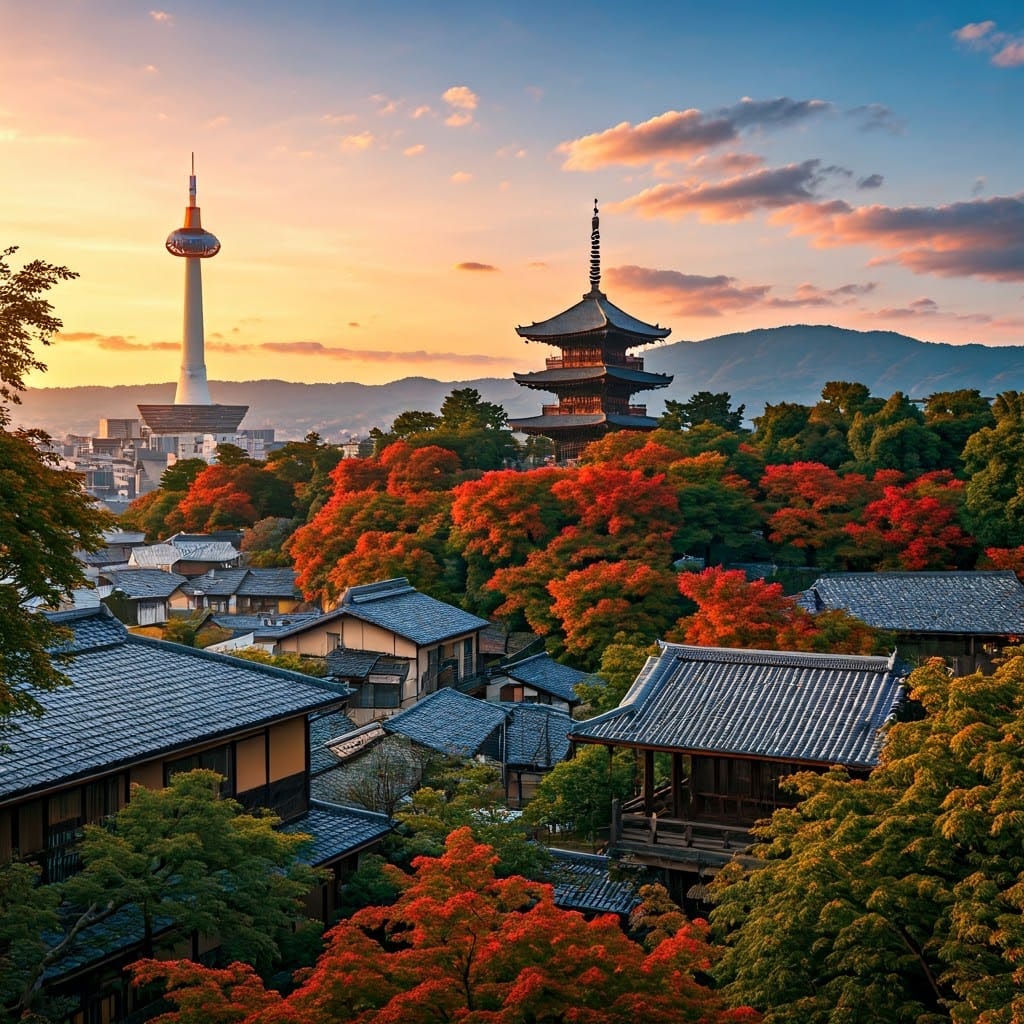
Kyoto: Where Japan’s Tea Story Blossoms
Kyoto is not just a city—it’s an experience. With centuries-old temples, tranquil gardens, and a legacy that intertwines deeply with Japanese tea culture, it is the ultimate destination for tea lovers. While matcha has gained international fame, sencha, Japan’s most commonly consumed tea, is the unsung hero of daily life. A visit to Kyoto allows you to trace sencha’s journey from its modest beginnings to becoming a staple of Japanese tea culture.
Why Kyoto Became a Center for Sencha Tea
Historical Overview: The Roots of Tea in Kyoto
Kyoto’s relationship with tea began in the Heian period (794–1185) when Buddhist monks introduced tea seeds from China. During the Kamakura period (1185–1333), these seeds found fertile ground in Uji, a serene town just south of Kyoto. The Edo period (1603–1868) marked a pivotal moment as sencha rose to prominence as an everyday tea, contrasting with matcha’s ceremonial use. Sencha symbolized simplicity and approachability, making it an integral part of Japanese households.
Geographic Advantage: Uji’s Fertile Lands
Uji’s rolling hills, misty climate, and mineral-rich soil create the perfect conditions for cultivating high-quality green tea.
Kyoto experiences a temperate climate with significant seasonal variation. The moderate temperatures, which average between 10–25°C (50–77°F) during the growing season, are ideal for tea cultivation. Cooler nighttime temperatures promote the accumulation of amino acids, particularly L-theanine, which is responsible for the tea’s umami flavor. Additionally, mild frosts in early spring and autumn often enhance the tea leaves’ richness, as plants respond to these stresses by producing more flavor compounds.
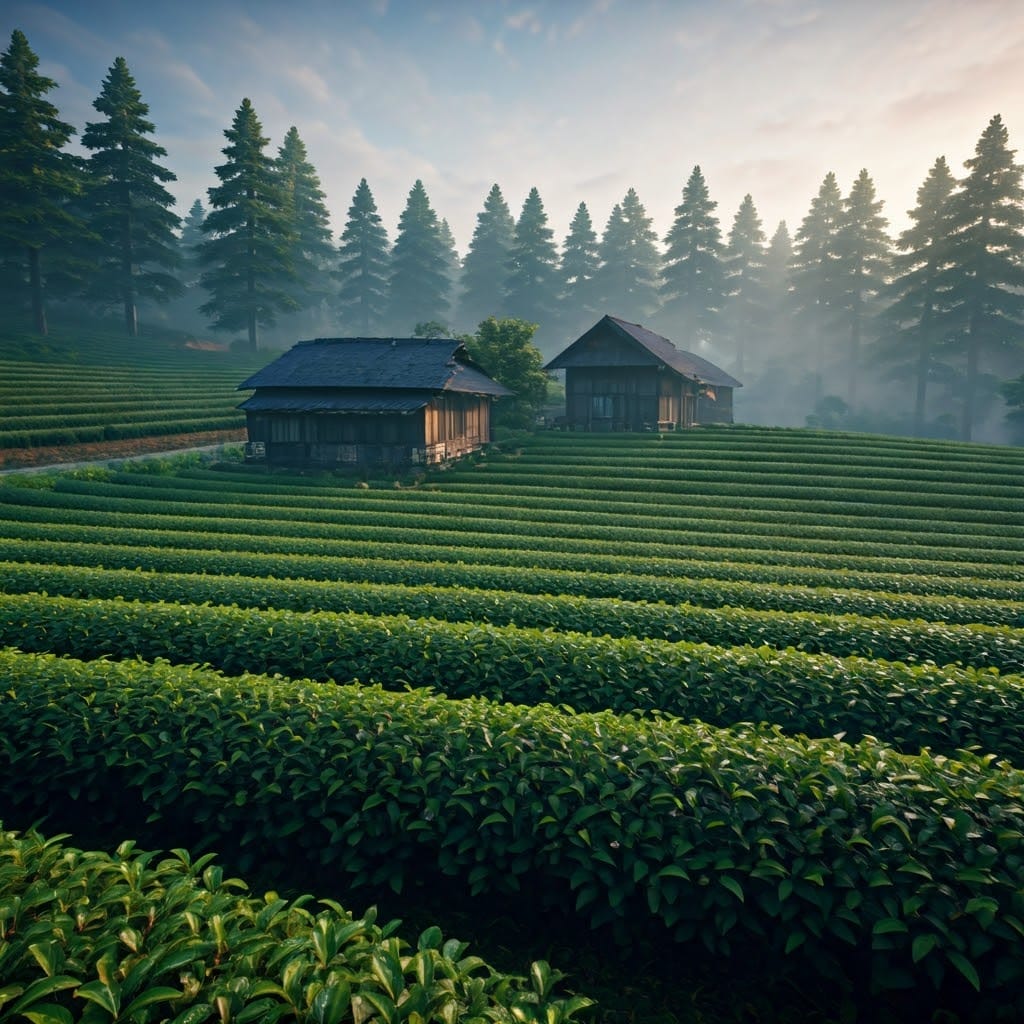
The region’s volcanic soil is rich in minerals such as potassium, magnesium, and phosphorus, which are vital for tea plant growth. The slightly acidic pH of the soil (typically 4.5–6.0) is ideal for Camellia sinensis plants, enabling efficient nutrient uptake. Kyoto’s long agricultural history has also led to meticulous soil management practices that sustain fertility and balance.
Kyoto receives approximately 1,000–1,500 mm of rainfall annually, which is evenly distributed throughout the year. This consistent precipitation ensures that tea plants are well-watered without the risk of water-logging. Additionally, spring rains are particularly beneficial for the first harvest (ichibancha), considered the highest quality.
The Kyoto region is interspersed with rivers, including the Uji River, which creates a humid microclimate essential for tea cultivation. The moisture from these water bodies reduces the risk of drought and maintains a steady atmospheric humidity level, which is crucial for the growth of tender tea leaves.
The region’s tea fields are often located on rolling hills or plateaus at elevations between 100–400 meters (330–1,300 feet). This elevation provides a cooler environment with excellent drainage and exposure to morning mists, which protect tea leaves from direct sunlight. The shading of leaves, either naturally or through human intervention, enhances chlorophyll and amino acid levels, critical for producing high-quality gyokuro and matcha.
The Kyoto region is located around 35° North latitude, slightly south of the 45° latitude often associated with grape cultivation. Tea thrives between 25° and 35° latitude in both hemispheres, making Kyoto’s position near the upper range of this band optimal. This latitude provides long daylight hours during the growing season, fostering robust photosynthesis and healthy plant development.
The mists created by the region’s river systems and hilly terrain reduce sunlight exposure, which slows the growth of tea leaves. Slower growth leads to increased concentrations of L-theanine and other flavor-enhancing compounds. This is particularly crucial for shaded teas like gyokuro and matcha, which are Kyoto’s specialties.
The region’s dedication to traditional processing methods, such as steaming and rolling, ensures that every cup of sencha embodies the land’s essence.
Visiting Tea Plantations of Uji
Kyoto is home to some of Japan’s best tea-growing regions, and a visit to a tea farm is a must for anyone interested in the process of tea production. The Uji region, located just outside Kyoto, is renowned for its high-quality matcha, sencha, and gyokuro tea leaves. The region’s unique climate and soil conditions make it an ideal location for cultivating premium tea.
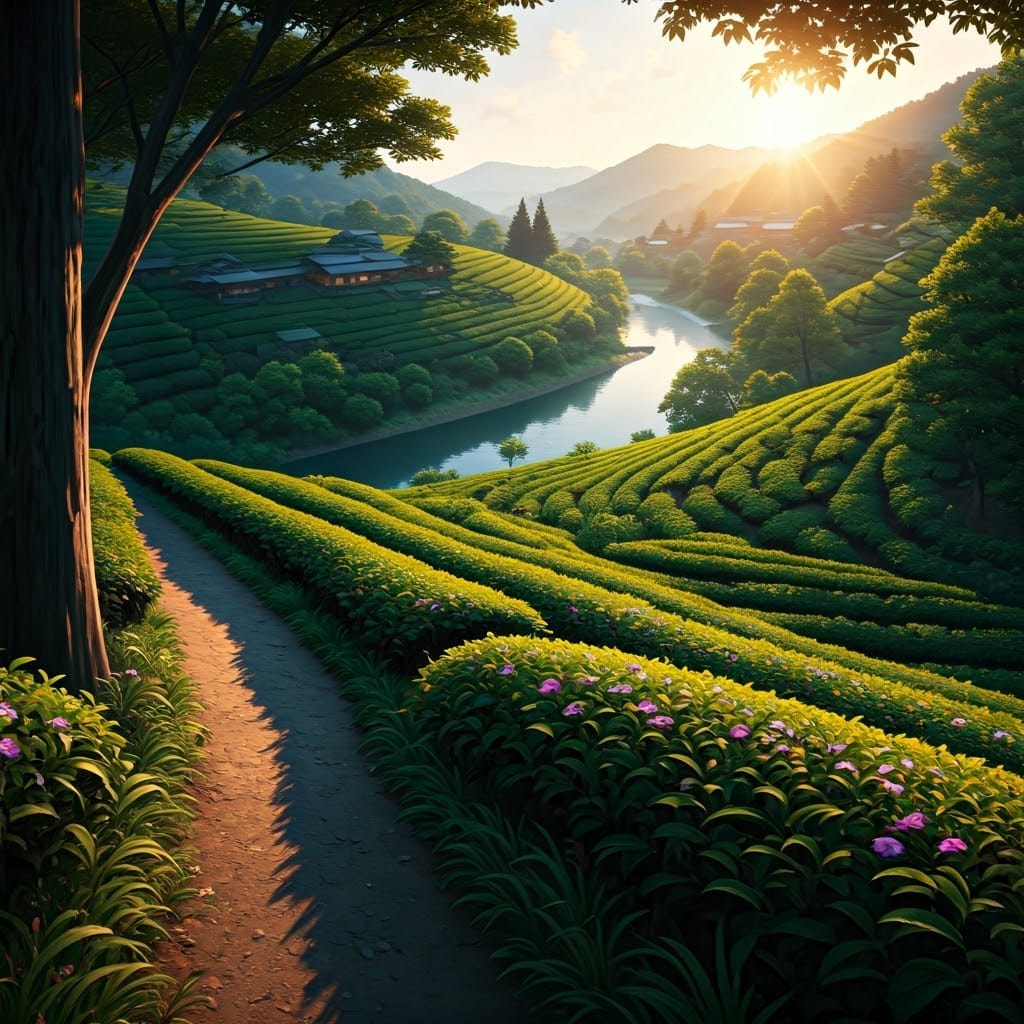
One of the best tea farms to visit in Uji is Fukujuen Tea Plantation, which offers guided tours where you can learn about the history of tea cultivation in the region and see how tea leaves are harvested and processed. Visitors also have the chance to participate in a tea-picking experience, which is a fun way to connect with the land and the tea-making process.
For a more scenic experience, head to Kiyomizu-dera, where you can explore beautiful tea gardens while taking in stunning views of Kyoto. The lush greenery and peaceful atmosphere of the gardens make it the perfect place to sip tea while enjoying the natural beauty of the area. Walking through the verdant tea fields of Uji feels like stepping into a painting. Many plantations, like the famed Tsuen Tea, welcome visitors for guided tours. You’ll witness the meticulous steps of processing sencha, from the initial steaming to the hand-rolling that gives the leaves their signature shape.
Tea Tasting Experiences
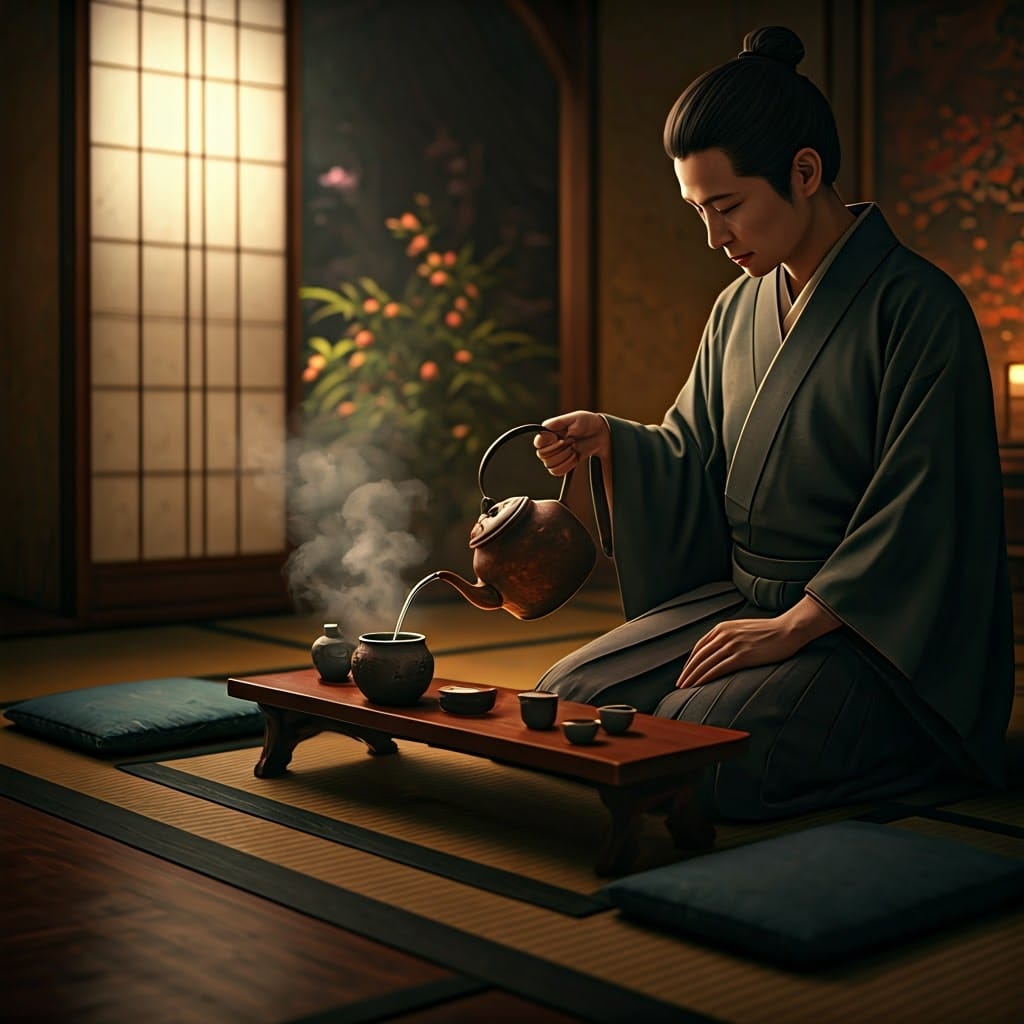
No visit is complete without sampling sencha. Uji tea houses offer guided tastings that let you compare grades of sencha, from light and grassy asamushi to the robust fukamushi. For a seasonal treat, try shincha—the first flush of the year, prized for its delicate flavor. One of the most unique aspects of tea culture in Kyoto is the presence of traditional tea houses that allow visitors to experience authentic Japanese tea ceremonies. These ceremonies are not just about drinking tea; they are a spiritual and meditative practice that can transport you to another time.
Ippodo Tea Co. is one of Kyoto’s oldest and most respected tea houses. Founded in 1717, Ippodo has become famous for its high-quality green teas, especially matcha. At the Ippodo Tea House, visitors can enjoy a variety of tea experiences, from a simple cup of matcha to participating in a full tea ceremony. The intimate, traditional atmosphere makes it the perfect place for those looking to experience the true essence of Japanese tea culture.
Another popular destination is Camellia Tea Ceremony, where you can participate in a hands-on tea ceremony led by a certified instructor. This is a fantastic opportunity to learn about the intricate process of making matcha, from the whisking technique to the proper etiquette. The tea house’s serene setting, often in a Japanese garden, enhances the experience, making it a peaceful escape from the hustle and bustle of Kyoto.
Kyoto Tea Museum: A Journey Through Tea History
The Kyoto Tea Museum is a treasure trove for tea enthusiasts. The exhibits walk you through the evolution of Japanese tea, with displays of ancient brewing tools, historical documents, and even a timeline of sencha’s development.
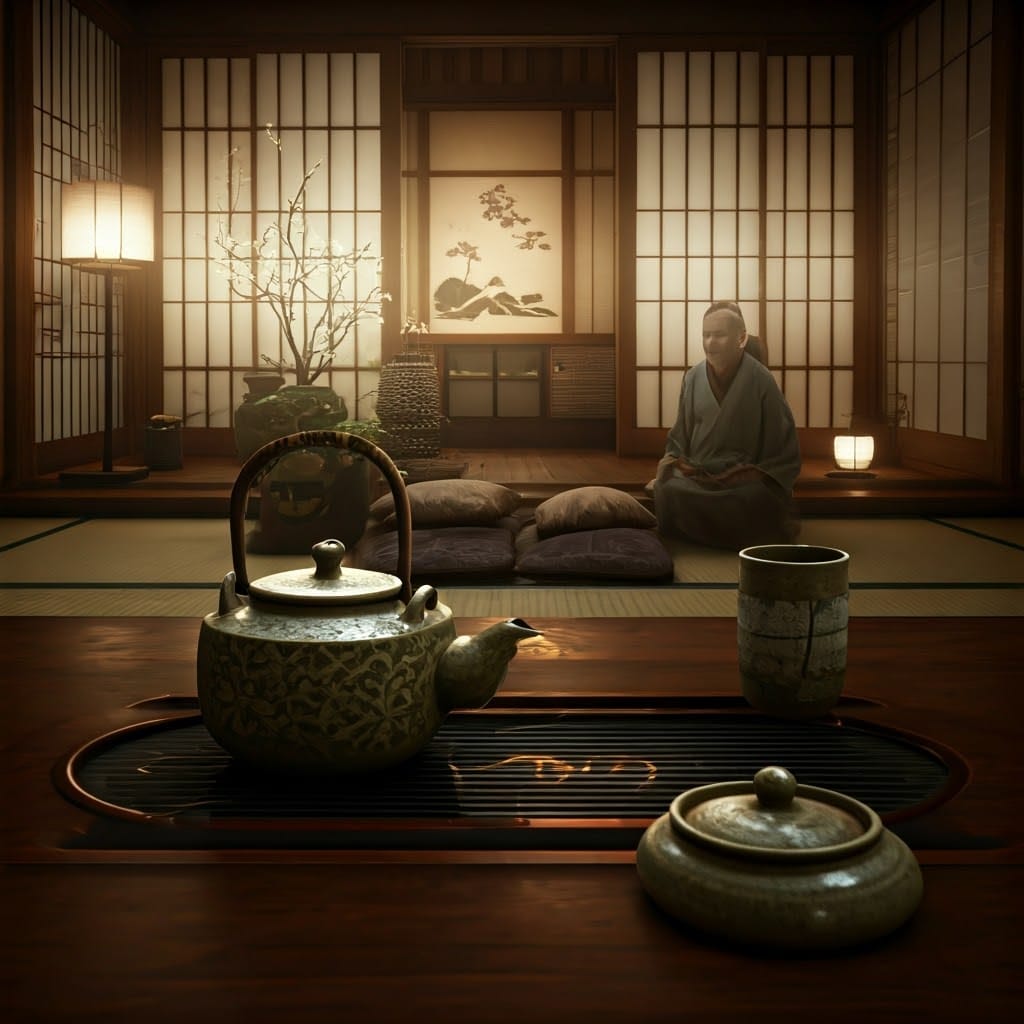
Interactive Experiences
The museum’s brewing workshops are a highlight. Guided by tea masters, you’ll learn how to brew the perfect cup of sencha—ensuring the water temperature, steeping time, and leaf-to-water ratio are just right. Sensory exhibits let you explore tea’s aroma, texture, and flavor, adding depth to your appreciation of this everyday staple.
Tea Ceremonies and Sencha Culture
Matcha vs. Sencha Ceremonies
While matcha ceremonies focus on formality and precision, sencha ceremonies embody a more relaxed elegance. The tools differ, too—sencha requires a kyusu teapot and simpler utensils, emphasizing the tea’s flavor over ritual.
The Sencha tea ceremony, or senchadō (the Way of Sencha), is a traditional Japanese ritual focused on the preparation and enjoyment of sencha, a high-quality green tea. Unlike the more widely recognized chanoyu, which centers around powdered matcha, the sencha tea ceremony emphasizes the brewing of loose tea leaves, showcasing a lighter, more accessible approach to tea culture.
Originating in the Edo period (1603–1868), the sencha tea ceremony was influenced by Chinese tea-drinking customs and gained popularity among intellectuals, artists, and merchants who sought simplicity and a break from the rigid formalities of chanoyu. Its philosophy aligns with Zen Buddhism and Confucian ideals, emphasizing harmony, respect, and mindfulness while fostering an appreciation for aesthetics and nature.
The ceremony typically involves an elegant yet relaxed atmosphere, focusing on the art of steeping tea to highlight its delicate flavors and aromas. Special attention is given to the selection of utensils, which often include a small porcelain or ceramic teapot (kyusu), finely crafted tea cups (yunomi), and a tea tray. These tools are chosen not only for functionality but also for their artistic qualities.
The process starts with heating water to the ideal temperature—often lower than boiling to preserve the tea’s sweetness. The tea leaves are carefully measured and steeped for a precise duration, allowing the vibrant green liquid to develop its nuanced taste. The tea is then served in small cups, encouraging mindful sipping and conversation.
Senchadō celebrates balance and beauty in the everyday, offering participants a moment of tranquility and a chance to connect with nature through tea. Its relatively relaxed structure makes it an approachable yet profound cultural experience.
The matcha tea ceremony, known as chanoyu or sado (the Way of Tea), is a centuries-old Japanese cultural practice centered around the preparation and presentation of powdered green tea, or matcha. Deeply rooted in Zen Buddhist philosophy, the ceremony emphasizes mindfulness, harmony, and respect, turning the simple act of preparing tea into an art form and spiritual experience.
The matcha tea ceremony traces its origins to the 12th century, when Zen monk Eisai introduced tea seeds and the practice of tea drinking from China to Japan. Over time, tea culture evolved uniquely in Japan, particularly during the Muromachi period (1336–1573), when the warrior class and influential tea masters like Sen no Rikyū refined the ceremony into a disciplined yet poetic ritual. Rikyū’s principles of wabi-sabi—aesthetic simplicity and imperfection—continue to define the ceremony today.
The chanoyu is conducted in a purpose-built tea room, often adorned with natural materials and minimalistic decor. The ceremony begins with guests entering through a low door, symbolizing humility. The host greets them and carefully prepares the tea, following precise steps. Each movement, from cleaning the utensils to whisking the matcha in a handcrafted bowl, is deliberate and graceful.
Guests partake in the tea with mindfulness, savoring its bold, umami-rich flavor and appreciating the bowl’s artistry. Accompanying the tea are small, seasonal sweets (wagashi), which balance the matcha’s natural bitterness.
The tea ceremony embodies the principles of harmony (wa), respect (kei), purity (sei), and tranquility (jaku). It fosters a connection not only between host and guest but also with nature and the present moment. The seasonal themes in the decor and utensils often evoke an awareness of time’s fleeting beauty.
The matcha tea ceremony is more than a beverage ritual; it is a holistic experience that combines art, mindfulness, and tradition. It invites participants to pause, reflect, and find peace in the everyday—a timeless practice in a fast-paced world.
Where to Experience Tea Ceremonies
The Urasenke school in Kyoto offers both matcha and sencha ceremonies, giving visitors a unique chance to compare. For a more intimate setting, visit local tea houses like Ippodo, where you can savor sencha in a serene environment.
Tea-Inspired Cuisine and Shopping in Kyoto
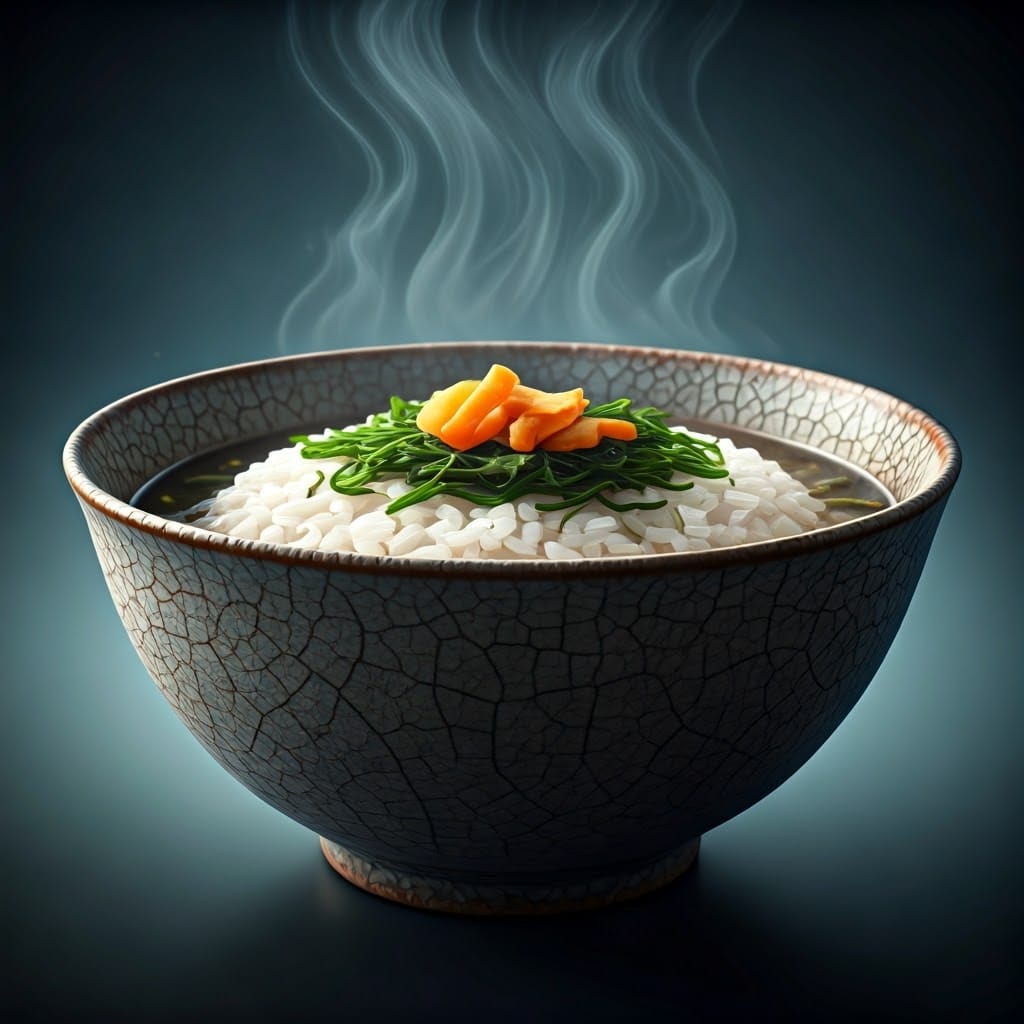
Tea-Infused Dishes
Kyoto’s culinary scene embraces tea in delightful ways. Try ochazuke, a comforting dish of rice steeped in sencha, or indulge in desserts like sencha panna cotta and tea-flavored ice cream. Many restaurants, such as those in Nishiki Market, offer menus showcasing tea’s versatility.
The Kyoto area has wonderful food options from the homemade foods of the public markets to Michelin-starred restaurants. Kikunoi Honten: A Michelin-starred kaiseki restaurant by Chef Yoshihiro Murata, showcasing Kyoto’s culinary tradition. Hyotei: A historic three-star Michelin restaurant serving exquisite Japanese cuisine. Nakahigashi: A two-star Michelin establishment focusing on seasonal ingredients.
Shopping for Tea and Accessories
Before leaving Kyoto, stock up on premium sencha and artisanal tea accessories. Nishiki Market is a must-visit for tea lovers, with stalls selling everything from handcrafted kyusu teapots to loose-leaf blends. Itohkyuemon, a renowned tea shop, offers beautifully packaged sencha perfect for gifts.
Other Attractions to Visit
Byodoin Temple, located in Uji, Kyoto Prefecture, is a UNESCO World Heritage Site and one of Japan’s most iconic Buddhist temples. Built in 998 during the Heian Period, the temple was originally a villa for Fujiwara no Michinaga, a powerful noble of the time. It was later converted into a temple by his son, Fujiwara no Yorimichi, in 1052.
The temple is renowned for its Phoenix Hall (Hōō-dō), a striking structure that appears to float on a pond, symbolizing the Pure Land Paradise of Buddhism. The hall houses a statue of Amida Buddha, crafted by the renowned sculptor Jocho, and is flanked by two phoenix statues that inspired the hall’s name. This architectural masterpiece, with its symmetrical design and elegant rooflines, is a quintessential example of Heian Period artistry.
Byodoin Temple is significant not only for its architectural and artistic value but also for its place in Japanese culture. It is featured on the 10-yen coin, making it a symbol familiar to every Japanese citizen. Visitors can enjoy the serene beauty of the temple grounds, which include meticulously maintained gardens and a reflective pond that enhances the temple’s ethereal quality.
The temple’s museum, the Hoshokan, offers insights into its history and treasures, including Buddhist statues, phoenix sculptures, and decorative elements from the Phoenix Hall. These artifacts highlight the temple’s role in preserving Heian-era artistry.
Byodoin is easily accessible via the JR Nara Line, with Uji Station just a 10-minute walk from the temple. Its location in Uji, a city famous for its green tea, makes it an ideal destination for those interested in history, architecture, and cultural experiences, as well as a chance to sample Japan’s finest matcha. Kyoto is a city full of stunning temples, shrines, and gardens, and many of its most iconic sights can be experienced while enjoying a cup of tea. Kinkaku-ji (the Golden Pavilion) is one of Kyoto’s most famous landmarks, and the nearby Kiyomizu-dera Temple offers a peaceful tea garden where visitors can relax with a cup of matcha.
One of the most scenic ways to enjoy tea in Kyoto is by visiting the Arashiyama Bamboo Grove, where you can explore the towering bamboo forest and enjoy a peaceful tea break at one of the nearby tea houses. The combination of lush greenery and the calming sounds of the bamboo swaying in the wind creates a truly magical tea experience. Kyoto Railway Museum Overview
The Kyoto Railway Museum is one of Japan’s largest and most comprehensive train museums, located near Umekoji Park in Kyoto. Opened in 2016, this museum offers a fascinating journey through the history and development of Japan’s railways, from steam locomotives to modern high-speed bullet trains (Shinkansen). With its hands-on exhibits and immersive displays, the museum is perfect for train enthusiasts and families alike.
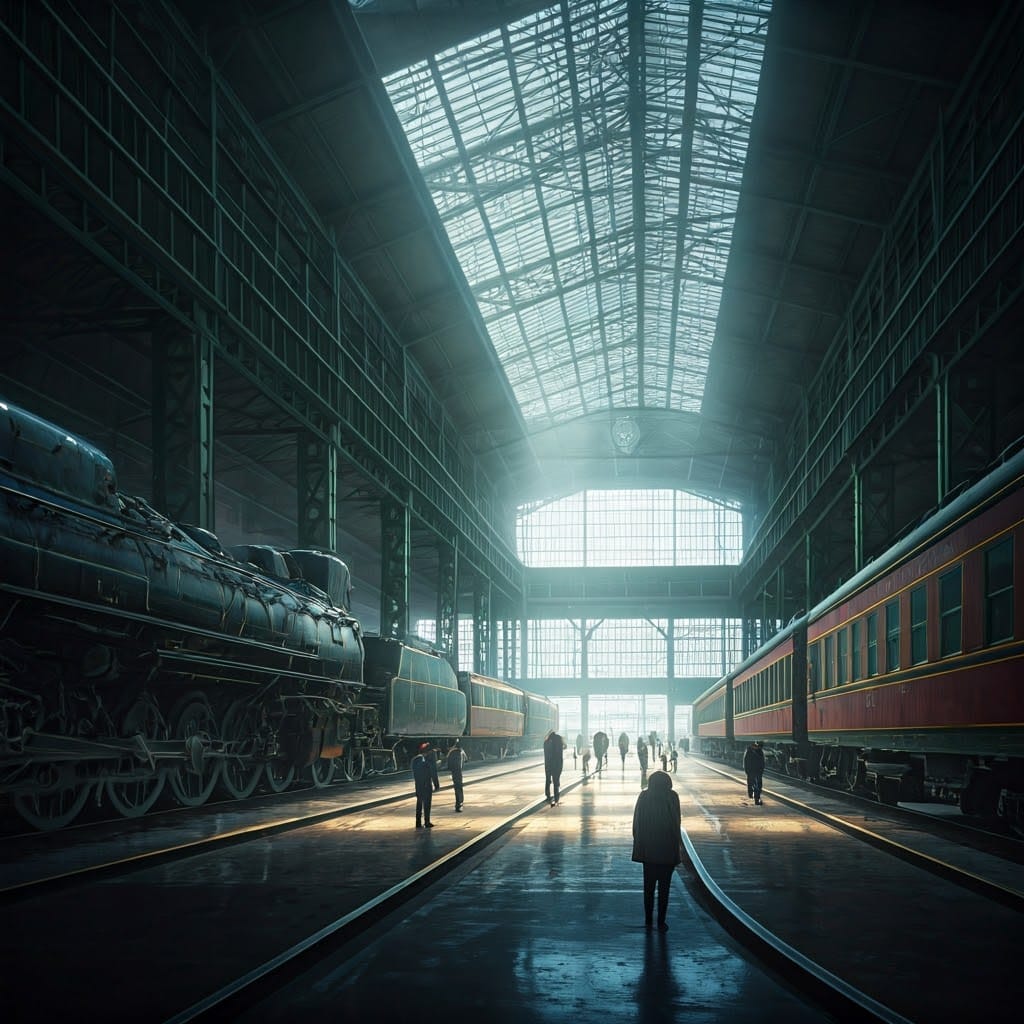
The museum features an impressive collection of over 50 railway vehicles, including historic steam engines, early electric trains, and contemporary locomotives. Visitors can explore the insides of some of these trains to get a firsthand sense of their design and functionality. The centerpiece of the museum is the SL Steam Locomotive, which offers short rides around the grounds, giving visitors a taste of historical rail travel.
Interactive displays include simulators where visitors can try their hand at operating a train. Exhibits also highlight the technological evolution of Japan’s railways and their impact on modern society. For those interested in railway operations, the museum provides a behind-the-scenes look at train control systems and maintenance practices.
The museum also has a family-friendly area with educational activities for children. A rooftop observation deck allows visitors to watch trains pass by in real time, making it a haven for trainspotters. Complementing the exhibits are a museum shop and a cafe with a railway-themed menu.
The Kyoto Railway Museum is easily accessible via public transportation, located just a short walk from Kyoto Station. It’s a must-visit destination for anyone interested in engineering, history, or transportation.
Additionally, Fushimi Inari Shrine offers a number of tea shops along the path to the iconic red torii gates, where visitors can pause and enjoy a refreshing cup of green tea before continuing their journey.
Walking and Hiking Opportunities
Philosopher’s Path (Tetsugaku-no-Michi) is a 2-kilometer path in the Higashiyama district is a favorite for leisurely strolls. Named after philosopher Nishida Kitaro, who meditated along the route, the path follows a tranquil canal lined with cherry trees, small temples, and quaint cafes. In spring, the blossoms create a dreamlike canopy, while autumn offers a display of fiery foliage.
Gion District Walking Tour is a guided tour of Kyoto’s famous geisha district, reveals traditional wooden machiya houses, teahouses, and cobblestone streets. Evening tours often include glimpses of geisha and maiko (apprentice geisha) as they head to appointments, providing a magical look into Kyoto’s living history.
Nishiki Market Food Walk is an opportunity to dive into Kyoto’s culinary culture with a food-centric walking tour at Nishiki Market. Sample local delicacies like yatsuhashi (sweet rice crackers), fresh sashimi, and matcha treats. The bustling market is also an excellent place to pick up souvenirs.
Festivals and Special Events
Kyoto hosts a variety of tea-related events and festivals throughout the year. One of the most popular is the Uji Tea Festival, held every May in Uji, a town just outside Kyoto known for its high-quality tea production. The festival includes tea tastings, demonstrations, and even tea-picking experiences, making it an ideal time for tea lovers to visit Kyoto.
During the Kyoto Matcha Festival in the fall, you can attend workshops and tea ceremonies, try matcha-inspired food and drinks, and learn about the different types of matcha produced in the region. The festivals offer a great opportunity to learn more about the history and significance of tea in Kyoto while enjoying the vibrant atmosphere.
Water-Based Activities in the Kyoto Area
Experience a scenic boat ride along the Hozugawa River, starting from Kameoka and ending in Arashiyama. These traditional flat-bottomed boats are operated by skilled oarsmen who navigate the river’s gentle currents and occasional rapids. The ride, which lasts about two hours, offers stunning views of the lush forests, rocky cliffs, and seasonal foliage. Spring (cherry blossoms) and autumn (vibrant foliage) are excellent times. The activities are accessible from JR Kameoka Station.
Rowboat Rentals on the Katsura River are available in the heart of the Arashiyama district, and you can rent a rowboat and paddle at your own pace on the Katsura River. This activity is particularly popular near the iconic Togetsukyo Bridge, offering peaceful views of the surrounding bamboo forests and hills. Early mornings are less crowded, providing a more tranquil experience.
Ukai (Cormorant Fishing) can be enjoyed In summer, visitors can witness the ancient art of cormorant fishing on the Uji River near Byodoin Temple. Fishermen use trained cormorants to catch fish, a method that dates back over 1,300 years. Special nighttime tours with lit lanterns on the boats create a magical atmosphere. Fishing season typically runs from mid-June to mid-September. Uji City, located a short train ride from Kyoto is a nice location.
The Kamogawa River, which flows through central Kyoto, offers a peaceful setting for fishing or simply relaxing by the water. Its shallow banks make it a favorite spot for picnics and casual strolls. Fly-fishing and bait-fishing (permits required).
Take a leisurely ride on the historic Lake Biwa Canal, originally built in the late 19th century to transport goods and water to Kyoto. The canal cruises are especially picturesque during cherry blossom season when the trees lining the waterways are in full bloom. The departure point is close to Nanzenji Temple.
Arashiyama Boat Festival (Arashiyama Mifune Matsuri) is held annually in late May, this festival reenacts Heian-period boat processions on the Oi River. Visitors can watch elaborately decorated boats with participants dressed in traditional attire, accompanied by music and performances. The best viewing point is near Togetsukyo Bridge.
Located a short trip from Kyoto, Lake Biwa is Japan’s largest freshwater lake and offers kayaking, paddle boarding, and ferry rides. The lake’s beaches and marinas provide additional opportunities for water sports and relaxation.
How to Travel to Kyoto
Kyoto is a secondary center, of about 1.5 million people, that is accessed through Kansai International Airport (KIX). KIA is located approximately 75 minutes away from Kyoto by express train. Kansai is the main international gateway for travelers heading to Kyoto, Osaka, and the Kansai region.
If your trip will start in Tokyo, there are two other regional airports that connections can be made to Kyoto. Osaka Itami Airport (ITM). Itami primarily serves domestic flights and is about 55 minutes from Kyoto by train or airport limousine bus. Another nearby option, though smaller, offering mainly domestic connections is Kobe Airport (UKB). It’s about 90 minutes from Kyoto by train.
Connection from Tokyo to Kyoto can also be done by bullet train, or traditional train connection
Conclusion
Kyoto is more than a destination—it’s an invitation to experience tea in its purest form. From the historic tea fields of Uji to the elegant simplicity of a sencha ceremony, every moment deepens your connection to Japanese culture. As you sip your freshly brewed sencha at a tea house overlooking Kyoto’s temples, you’ll understand why tea is not just a beverage here—it’s a way of life.
So, pack your bags and steep yourself in Kyoto’s tea traditions. Don’t forget to bring home a taste of Kyoto with some premium sencha—every cup will transport you back to this unforgettable journey.
